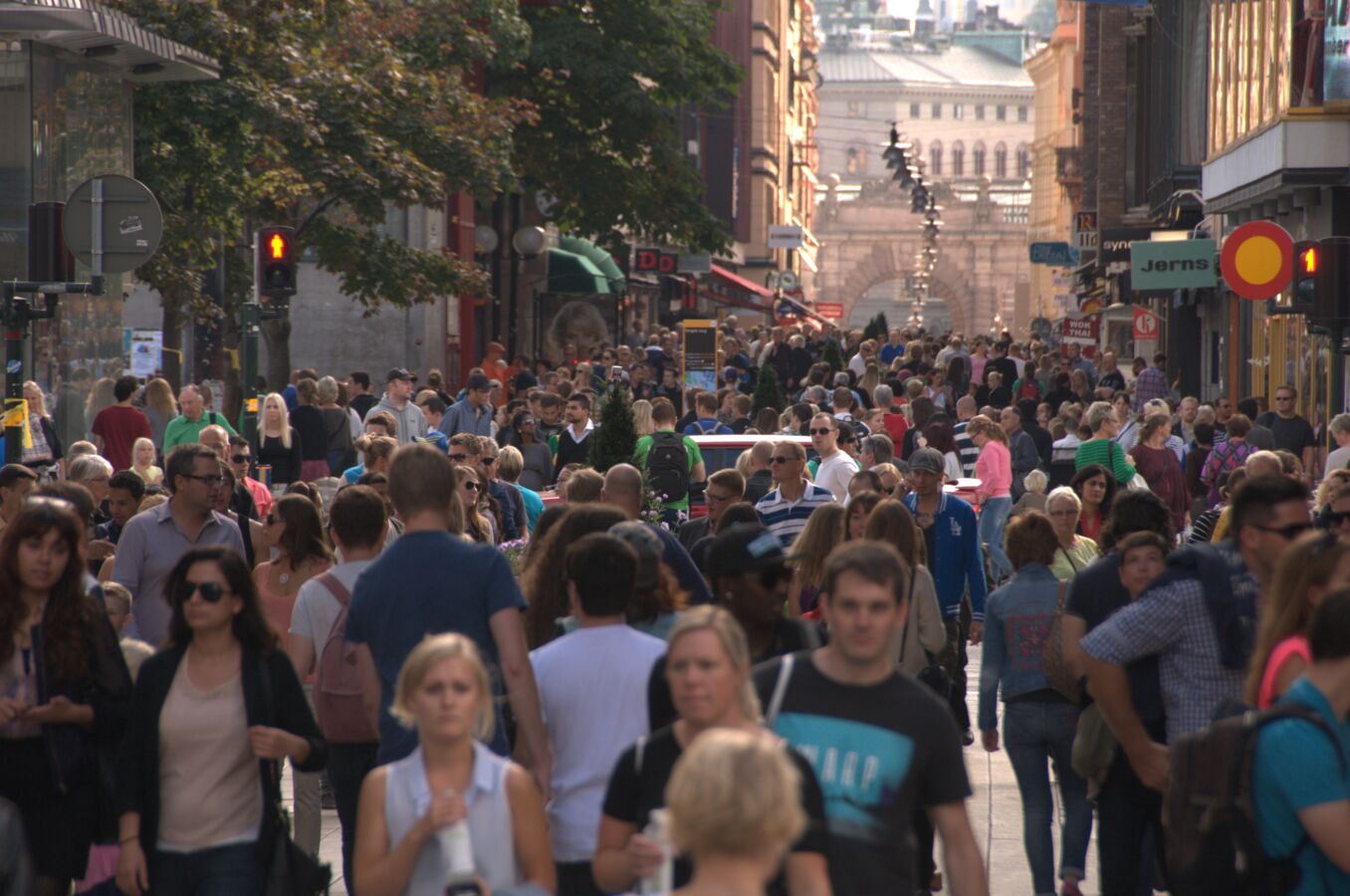Aluminium as an industry is a potent source of carbon emissions, accounting from around 4% of global total emisions, mostly due to the energy intensive nature of its production. But due to its qualities as a robust but light-weight metal useable in applications such as electromobility, it also has every potential to be part of the solution to climate change rather than a core problem. This will require, however, the industry to continue its quest to lower emissions and ultimately, over the next decades, find a “path to zero”, in line with commitments most of the countries in the world have made in the Paris accords. Different countries will start from a different point – the CO2 per ton can range from 4tCo2 / t Al all the way to almost twenty, but at the same time, we must always take a global view to things. I argue that Saving 1 % electricity in potlines (~120-140 Kwh per ton of Al) will save an equal amount of CO2 in China and in Canada, since the marginal KWH of electricity is produced with coal in both countries.
In general, my thesis is that:
1) The only way to effectively stop climate change is to over time stop burning fossil fuels.
2) Everything dug up, will be burned.
3) Not all fossil fuels have the same impact.
4) The social cost of CO2 emitted is 50 + USD / ton, while the cost of abatement has a huge range.
Keeping the above in mind means that when planning CO2 abatement, producers should always consider a “global view”. I.e. if I save CO2 here specifically in my process, will I end up moving the CO2 emissions elsewhere (for example in the example case of stopping the use of petroleum coke in anodes – which will likely lead to the coke being burned elsewhere, knowing that coke as a fuel for burning is even more CO2 intensive per Kwh than coal!). It also means that, while potentially politically uncomfortable, CO2 emitting fuel sources should be retired in a certain order as opposed to uniformly.
I wanted to explore the cost of this and wanted to understand whether there are any silver bullets available with already existing technologies. The answer, in short, is that fundamental changes to aluminium’s carbon footprint still require heavy investment and come at a CO2 abatement cost, which will only make financial sense if expected rates of return are low. This is particularly true now that the price of energy has fallen dramatically. Therefore, to make these shifts happen, state-run incentives, such as guaranteeing green financing facilities, or placing cost on carbon emissions closer to the “social cost” of emissions, will still be required to encourage these kinds of investments. As a lot of money is being pumped to the restart economies, green energy and energy efficient production could be excellent targets as this will not only help create jobs, but also create a sustainable future for many sectors such as aluminium.
In future issues, I will explore the economics and practicalities of e.g. switching energy sources away from fossile fuels to renewables such as a solar (CO2 abatement cost 20 USD per ton), modernizing the world’s potlines with latest available technology (which in essence may happen as higher cost smelters may need to curtail production or even close down as a result of the recent aluminium price slump) or the use of biofuels in anodes. I will also examine the potential and unknowns related to inert anode technology, which can help abate direct CO2 emissions from the Hall-Heroult process, but its impact on electricity production related emissions is unknown.
On the other hand, there are many levers that have a smaller impact, but which have an incredibly low CO2 abatement cost, for example, slotting anodes with latest available technology (CO2 abatement cost 2 USD per ton), or proper bath cleaning on your rod shop. These kinds of modernizations are typically financially profitable from the get go and help slow down emissions while larger levers are being implemented. Therefore, each aluminium producer should start to consider how to structure their own “road to zero” and in which order levers should be implemented.
